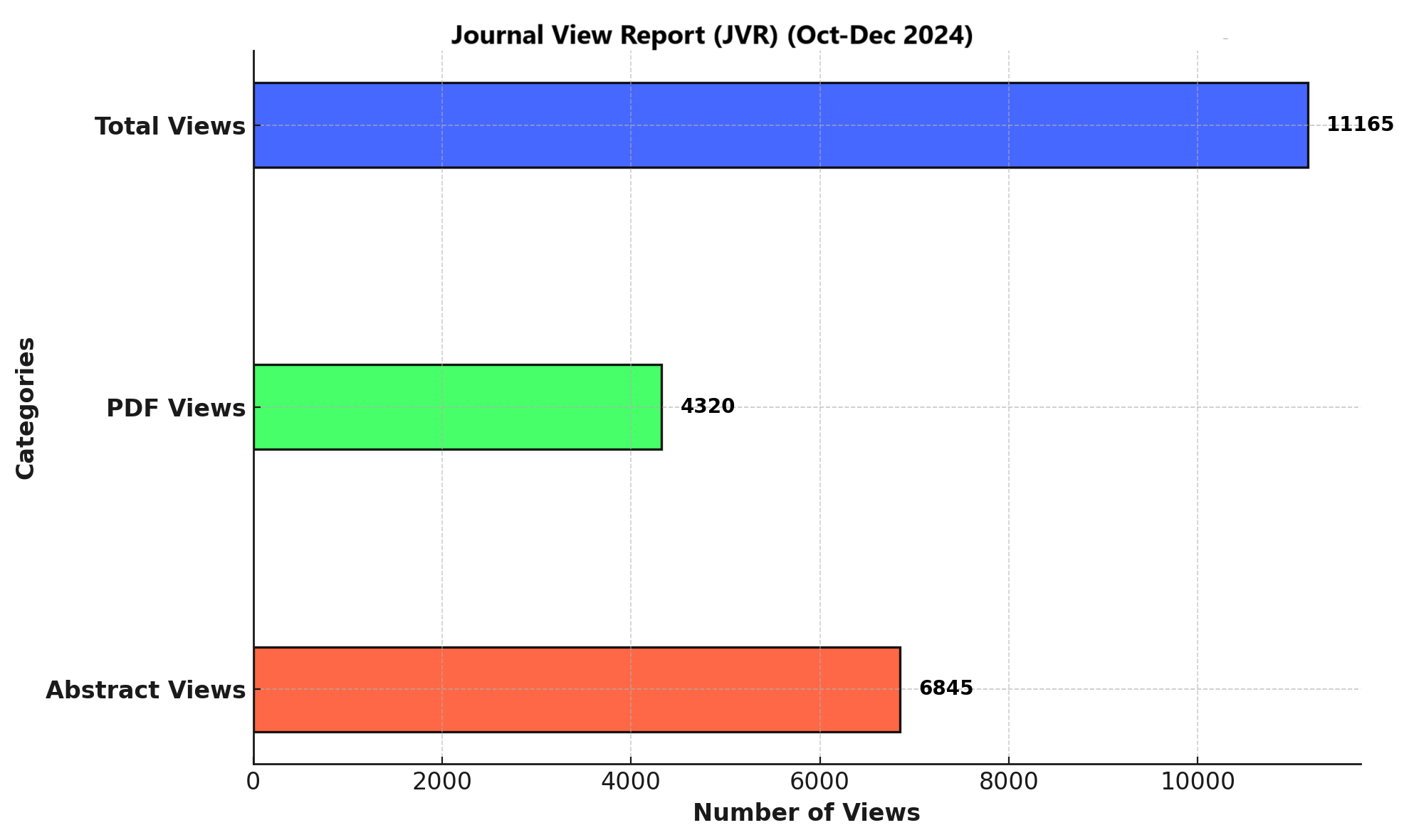QUANTIFICATION OF HEAVY METALS IN LAYER AND DOMESTIC HEN EGGS
DOI:
https://doi.org/10.71000/ijhr100Keywords:
Arsenic, Cadmium, Eggs, Food Contamination, Food Safety, Lead, PoultryAbstract
Background: Poultry products are a crucial source of nutrition, especially in developing countries where they significantly contribute to addressing protein deficiencies. However, the prevalence of heavy metal contamination in these products poses a public health concern, with heavy metals entering the poultry supply chain through environmental pollution, contaminated feed, and inadequate handling practices. This study focuses on Pakistan's rapidly growing poultry industry and the risks posed by heavy metals such as lead, cadmium, arsenic, and mercury in poultry products.
Objective: To evaluate the levels and sources of heavy metal contamination in eggs and poultry products in Pakistan, assess associated health risks, and recommend regulatory measures for minimizing exposure.
Methods: Egg, water, and feed samples were collected from local markets, poultry farms, and student research projects within the Multan district. Samples were stored at room temperature in sealed containers before analysis. Wet acid digestion was used to prepare samples, followed by atomic absorption spectroscopy (AAS) to quantify heavy metal concentrations. Levels of lead (Pb), cadmium (Cd), arsenic (As), zinc (Zn), cobalt (Co), iron (Fe), and copper (Cu) were measured and compared across domestic and layer hen eggs.
Results: Significant differences were found in heavy metal levels between domestic and layer hen eggs. Domestic eggs contained higher Pb levels (0.830±0.011 µg/g) compared to layer eggs (0.043±0.014 µg/g). Cobalt levels in domestic egg whites reached 2.369±0.302 µg/g, surpassing the 1.138±0.023 µg/g detected in layer eggs. Copper concentrations in domestic eggs were notably higher, at 0.360±0.027 µg/g in the yolk, compared to layer eggs. However, cadmium and arsenic levels remained low across both groups.
Conclusion: Heavy metal contamination in poultry products poses significant health risks, especially for vulnerable populations. Regulatory measures, improved feed and water quality, and stringent environmental monitoring are essential for minimizing exposure and supporting public health while enabling sustainable growth in Pakistan's poultry industry.
Keywords: Arsenic; Cadmium; Eggs; Food Contamination; Food Safety; Lead; Poultry.
Published
Issue
Section
License
Copyright (c) 2024 Muhammad Usama Aslam, Mushtaq Ahmad , Saira Naseer , Syed Uzair Hussain Shah , Aaima Syed , Hafiz Muhammad Fayyaz , Amna Iqbal (Author)

This work is licensed under a Creative Commons Attribution-NonCommercial-NoDerivatives 4.0 International License.







